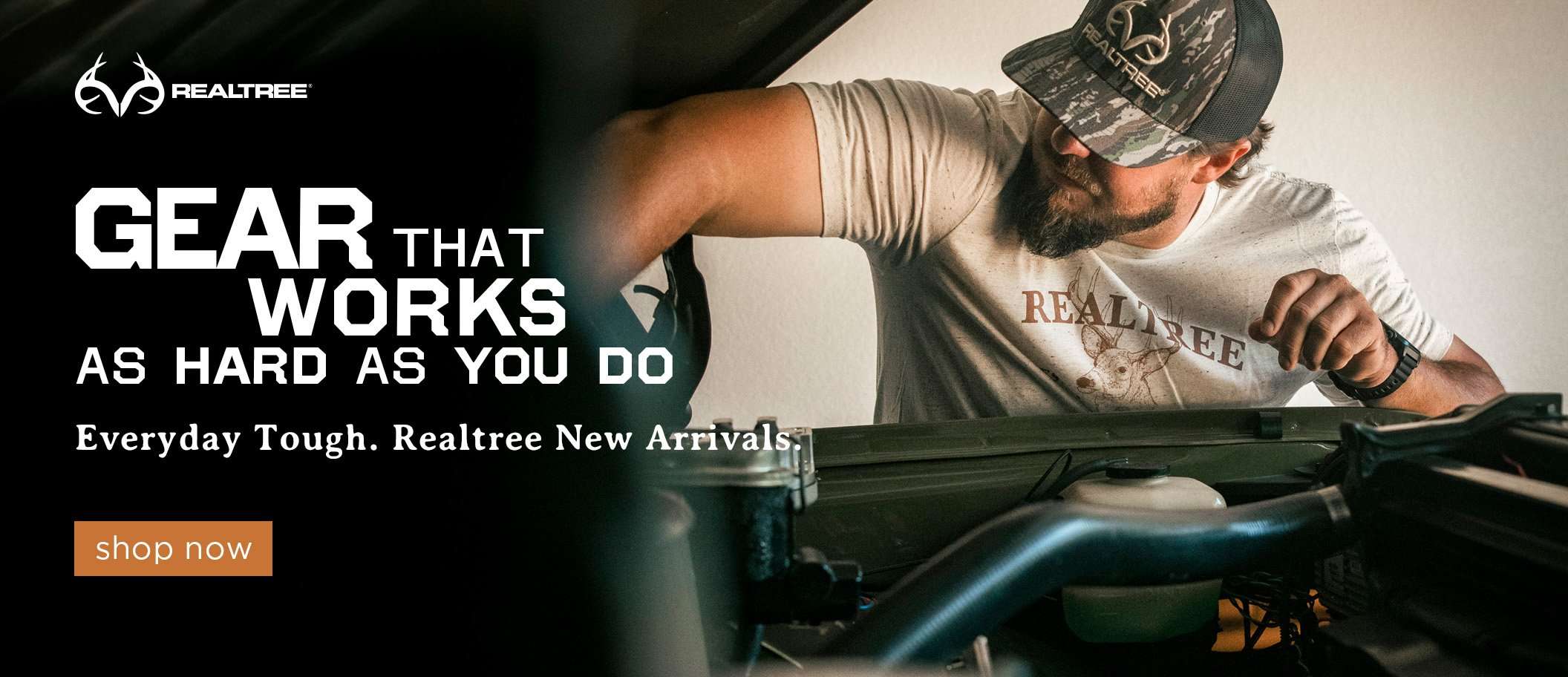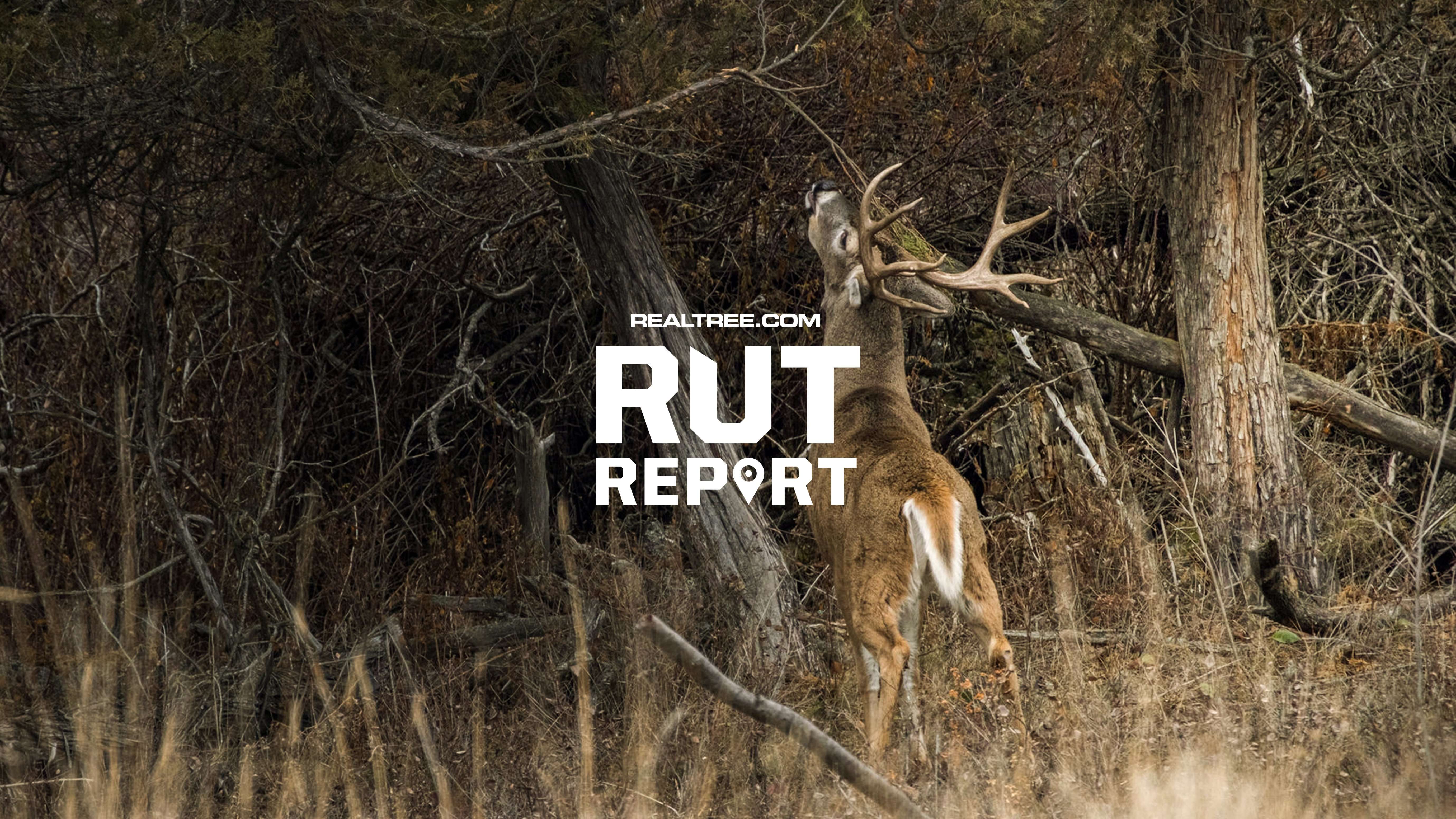These flesh-eating bugs were once part of an 80% death toll on Texas whitetail fawns per year, and they could be coming back
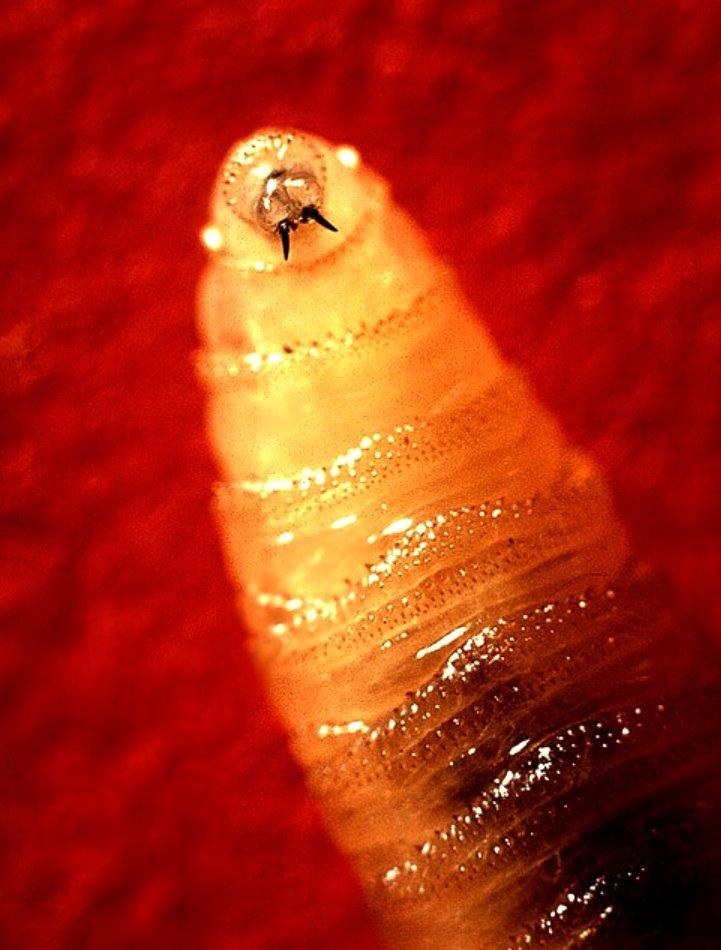
Screwworm larvae feed on the flesh of live animals and can kill newborn fawns. (Photo by Dennis W. Donohue)
At a time when we hear much about EHD and CWD in whitetail deer, another malady is potentially headed our way: the new world screwworm fly, scientific name, Cochliomyia hominivorax. This unique, endemic fly’s larvae stage eats live flesh. It had been essentially eradicated in the USA since 1966. Now it is headed north out of Central America and Mexico at an alarming rate. Officials say it is not a question of “if” but “when” screwworm flies will reach and invade our southern borders. Some predict screwworm flies will again be in the U.S. as early as late summer.
This has caused U.S. Secretary of Agriculture Brooke Rollins to halt the importation of all cattle, horses, and bison — which might serve as livestock hosts to the fly — from Mexico along our southern border.
Screwworm fly females lay eggs on any open wound or minor scratch. The eggs hatch and turn into the larval stage (maggots) which eat live flesh within the body of the host. Screwworm larvae feed upon the live flesh of any warm-blooded animal; domestic and feral livestock, pets, wildlife, birds, and even humans. Such infestations are known as “myiasis.”
Don’t Miss: 8 Deer Hunting Tools No One Uses Anymore
As a youngster growing up in rural southern Texas during the late 1950s and early 1960s, we dealt with screwworms every year in cattle, hogs, chickens, my dad’s coonhound, and occasionally humans. We treated affected wounds with benzol and commercial pine tar. I also remember treating and pulling screwworms from an infestation found on the back of an elderly neighbor.
During those days, we, like much of Texas and other parts of the southern U.S., had very few whitetail deer, in part because of screwworms. Newborn fawns that just lost their umbilical chord were especially susceptible to screwworms. The flies would lay eggs in the open wound at their navel, and the fawns were eaten by the worms from the inside out. We lost upwards of 80% of the whitetail fawn crops per year in Texas before the screwworms were eradicated. Adult deer and other mammals were also negatively affected.
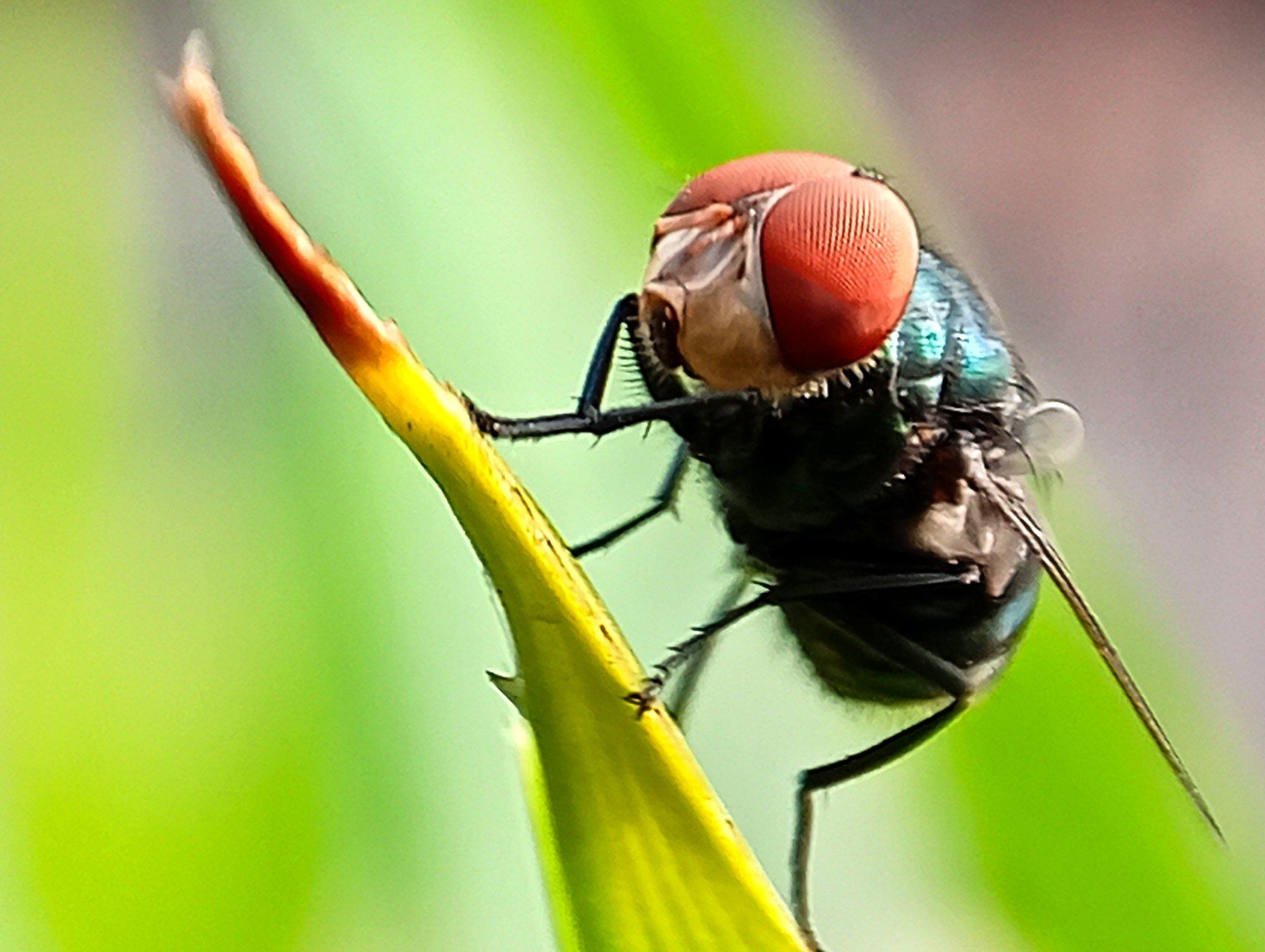
Screwworm flies are expected to invade our southern borders as early as late summer. (Photo by Dennis W. Donohue)
Adult screwworm flies often flew upwards of 120 miles from where they turned from larvae to adult flies. Females can lay as many as 3,000 eggs, usually 250 to 500 in an individual wound or scratch. Their lifecycle takes about 20 days.
Screwworm fly eradication began in the early 1950s after it was determined a female screwworm fly only mates one time and males as many as 10 times. Using the Sterile Insect Technique developed by Edward F. Knipling and Raymond Bushland, starting during 1954, millions upon millions of screwworm flies were sterilized using ionized radiation. These were packed in small boxes, which were dropped from planes gridding the southern states, as well as in Mexico and farther south. Realize however, screwworms in warmer weather could and can exist all the way up to the Canadian border.
Bred by sterilized males, females laid eggs that never hatched. Over a period of time the species essentially bred themselves out of existence. In 1966 screwworm flies were considered extinct in the U.S. Following this eradication, deer and other wildlife species as well as livestock flourished throughout the U.S., especially in the southern climes.
The most recent documented screwworm outbreak occurred in Florida’s Monroe County during 2016. It had a devastating effect on Key whitetail deer as well as other warm-blooded wildlife species in the area. Using sterilized flies, the outbreak was thankfully neutralized the following year.
As this is being written, steps are hopefully underway to reestablish sterile screwworm fly producing facilities in Mexico and the U.S. There is currently one such facility in southern Mexico. It is producing about 300,000,000 sterile flies per week. But according to researchers and veterinarians involved with trying to stop the northerly advance of these flies, that facility needs to produce twice that amount to simply slow their movement, and we need more such facilities in operation quickly to totally control screwworms.
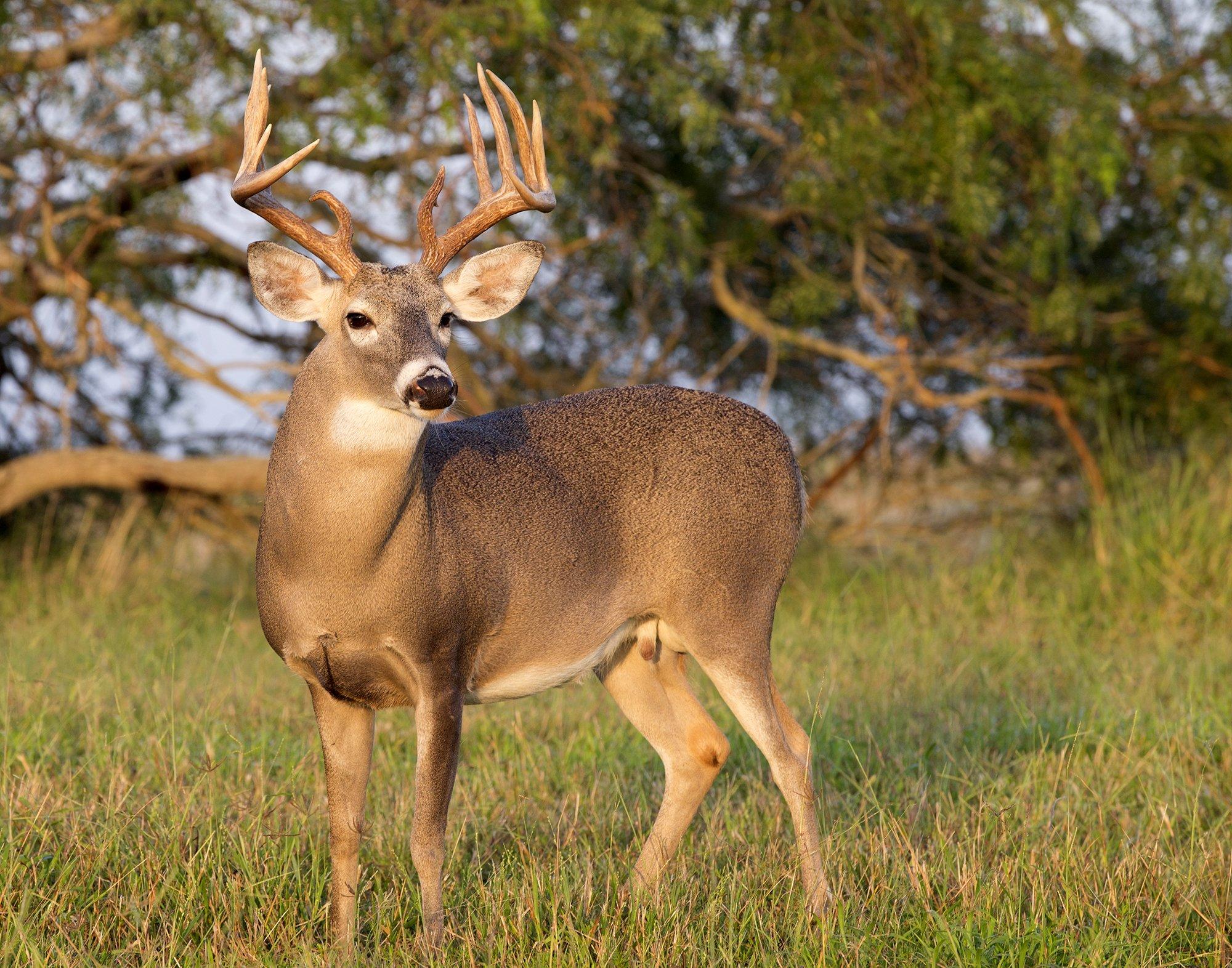
Screwworms can have a devasting effect on the whitetail population in states or regions they invade. (Photo by Rmd_17)
I visited with Dr. Bill Eikenhorst, DVM who is deeply involved in wildlife conservation. He, like me, grew up dealing with screwworms in livestock, pets, and wildlife.
“We know what to do and how to do it,” Dr. Eikenhorst says. “Disease prevention (especially diseases that have been under control historically) demand long-term attention and measures.”
Dr. Eikenhorst also reminded me that if you live in the southern half of the United States, screwworms could have a devastating effect on any warm-blooded wildlife if left unchecked. He suggested being vigilant. “Pay close attention to pets and livestock that may have open or nearly open wounds,” he says. “The same goes for any wildlife you observe. Should you find screwworm larvae or suspect you’ve found such flesh-eating larvae, remove all from the wound and preserve them in isopropyl alcohol.”
Don’t Miss: 8 Reasons Why Food Plots Fail
Dr. Eikenhorst suggests taking any such larvae to your local veterinarian or agricultural extension agent. If found in wildlife, take those to a local state game warden or wildlife biologist.
To help with this fight against screwworms, get in touch with your local, state, and federal legislatures and express your concerns about screwworms and the horribly devastating effect they can have on all warm-blooded livestock, pets, and wildlife. If you’re still on the fence about how serious screwworms are, ask someone who lived during the times when we dealt with these bugs. Once you do, you’ll understand the concern.


